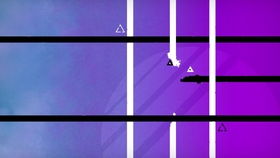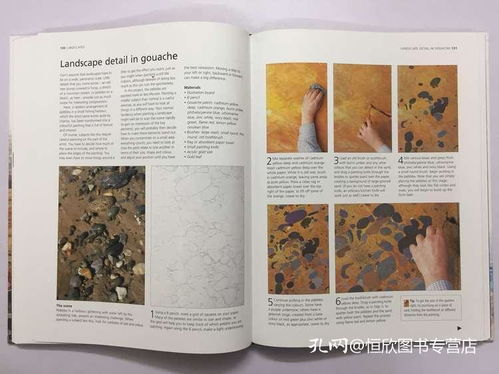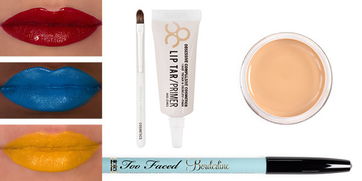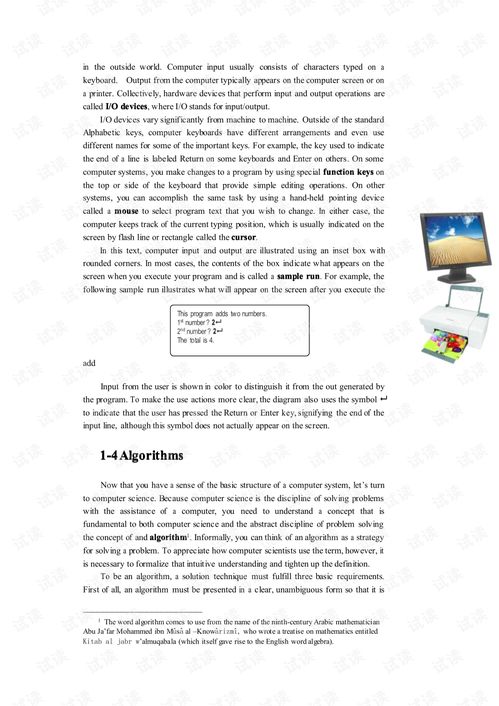Content:
Fishing in a two-meter deep hole can be both challenging and rewarding. Whether you are a seasoned angler or a beginner, there are several techniques and tips you can use to make the most out of your fishing experience. In this article, we will discuss the best strategies for fishing in a two-meter deep hole, ensuring that you catch more fish and have a great time on the water.
Choose the Right Gear
To fish effectively in a two-meter deep hole, it is crucial to have the right gear. Here are some essential items to consider:
a. Rod and Reel: Opt for a medium-heavy action rod with a fast taper. This will help you cast your bait accurately and feel the bite. A quality reel with a smooth drag system is also essential for reeling in larger fish.
b. Line: Use a monofilament line with a breaking strength of at least 12 pounds. This will provide enough strength to handle the fish and reduce the risk of breaking off.
c. Lures and Bait: Choose lures and bait that mimic the natural prey of the fish in the area. Soft plastics, spinnerbaits, and crankbaits are popular choices for deep water fishing.
Understand the Water Conditions
Before you start fishing, it is important to understand the water conditions in the two-meter deep hole. Here are some factors to consider:
a. Water Temperature: Fish are more active in warmer water, so try to fish during the early morning or late evening when the water temperature is at its peak.
b. Water Clarity: Clear water can be challenging to fish in because it is harder for fish to see your bait. In such conditions, use brighter colors or lures with more movement to attract fish.
c. Current: If the water is flowing, you may need to adjust your fishing technique. In such cases, consider using a float or a weighted lure to help your bait stay in place.

Cast with Precision
When fishing in a two-meter deep hole, casting with precision is key. Here are some tips to help you cast accurately:
a. Choose the Right Spot: Identify areas where fish are likely to be, such as underwater structures, ledges, or drop-offs. Cast your lure towards these spots to increase your chances of catching fish.
b. Practice Your Cast: Before you start fishing, practice your casting technique to ensure you can cast your lure with precision. Focus on casting directly towards your target spot.
c. Adjust Your Technique: If you are struggling to cast accurately, try adjusting your casting angle or the weight of your lure. Sometimes, a slight modification can make a big difference.
Use the Right Techniques
When fishing in a two-meter deep hole, using the right techniques is crucial. Here are some effective methods:
a. Jigging: Jigging involves repeatedly lifting and dropping your lure in the water to mimic the natural movement of prey. This technique is particularly effective for deep water fishing.
b. Trolling: Trolling involves slowly dragging your lure behind the boat to cover more water. This technique can be effective for catching fish in a two-meter deep hole.
c. Still Fishing: In some cases, still fishing can be effective. This involves casting your lure and waiting for a fish to strike. Use this technique when you are targeting fish that are not actively feeding.
Stay Patient and Persistent
Fishing in a two-meter deep hole can be challenging, and it may take some time to catch fish. Stay patient and persistent, and you will eventually reap the rewards. Here are some tips to help you stay motivated:
a. Change Your Technique: If you are not having success with one technique, try changing your approach. Experiment with different lures, bait, and methods to find what works best for the fish in the area.
b. Take Breaks: It is important to take breaks to rest and recharge. This will help you stay focused and maintain your concentration.
c. Learn from Your Experience: Analyze your fishing experience and learn from your mistakes. This will help you improve your technique and increase your chances of catching fish in the future.
In conclusion, fishing in a two-meter deep hole requires the right gear, understanding of water conditions, precision casting, and effective techniques. By following these tips and staying patient, you will increase your chances of catching fish and have a great time on the water. Happy fishing!












